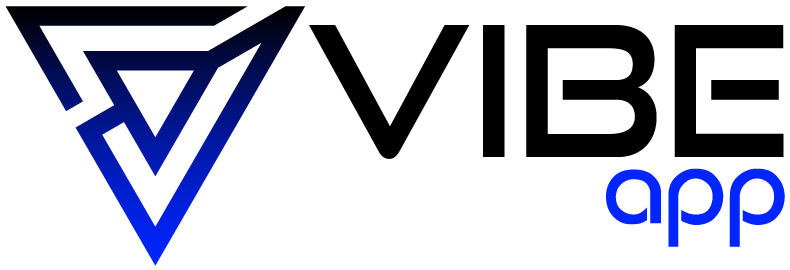The web development space is extremely vast, so before you begin, it’s a good idea to have a clear goal in mind.
Web development encompasses many smaller branches of work, and having a clear objective will allow you to decide where to start your learning and what to skip.
You can start through online learning platforms to be a web developer. They offer a wide range of courses for web development. Although the beginning should involve a choice between back-end or front-end development.
Requirements For The Front-End Developer

When it is said Front-end it refers to everything that the user sees when accessing a website. All of the website design, menus, button interactions, and images create the user experience.
Front-end programmers are visually creative and have design skills. Still, it’s about more than just making the site look pretty. They must also provide for all interactions, ease of navigation, and comfort of use.
HTML And CSS
Some people think that HTML includes the graphic design of web pages, however, that is not true since HTML only serves to indicate how the content of a web page is arranged.
HTML is used to represent various content such as text paragraphs, titles, tables, etc. Considered one of the easiest languages to learn, HTML is a great starting point for any developer.
CSS is a style sheet language created to control the appearance or presentation of electronic documents defined with HTML and XHTML. CSS is the best way to separate content and presentation and is essential for creating complex web pages.
Javascript
Once you have a good understanding of CSS and HTML, it’s time to add some JavaScript to it. It gives the site interactive functionality. Facebook-like buttons, Twitter retweets, and various forms are powered by Javascript.
It gives users a visual representation of their actions and helps web developers catalog where the user clicked.
JS is a desired skill right now because companies are focusing on creating dynamic and interactive websites.
Requirements For The Back-End Developer
For its part, back-end development consists of writing code that is not seen by the end user. It usually involves working on improvements to system functionality, APIs, libraries, and the like. In simple words, back-end development means working with code that is not directly visible.
It is a crucial part of the operation of the web itself. Back-end developers are often great problem solvers, incorporate logical thinking, and are more interested in the functionality of the website than its appearance.
Back-end developers use server-side languages like PHP and SQL. A basic understanding of HTML and CSS is necessary to represent any information in a presentable way.
SQL
If a website collects user information such as email addresses, first names, last names, etc. This information must be stored in a database. SQL is used within the database to filter, add, delete, and merge this information.
PHP
To achieve greater functionality in a website, PHP is used. This programming language is excellent when it comes to communication between websites and databases.
If you’ve ever used a login form, chances are it was done using PHP.
For example, when you enter your login details on the website, PHP checks the database if the details are correct. If they match, you can log in successfully.
The best courses use interactive learning environments. Then you can start coding right away. And you won’t need to set up a local development environment first.
Full Stack Developer
They are generally the most experienced and possess extensive knowledge of both the front-end and back-end. Full-stack developers often lead development teams and oversee a number of less experienced developers.
Additional Web Development Tools Worth Learning
Some additional tools to consider, especially when working with front-end development, would be GitHub and Adobe Color. Adobe Color lets you choose from a variety of premade color schemes, making the design process easier and creating a consistent look throughout web development.
Adobe Color Palette
You can also use the color wheel tool if you need to get a HEX code for a specific color. HEX codes are used when coding with CSS, and each HEX code corresponds to a unique color. The color wheel can also be used to create unique color combinations. It is a great tool especially useful when you start your learning.
GitHub
For both frontend and backend developers, familiarity with GitHub is almost mandatory these days. This tool allows developers to make changes to the front-end or back-end of their websites without affecting the original code.
The way it works is by branching the code into two separate locations and editing just the clone to preview the changes before publishing.
GitHub offers quite a few other features as well. The ability to create tasks, tag members, and micro-manage your products. Most workplaces take advantage of GitHub, and many employers may ask you to show them your GitHub account so they can better understand your thought process and why or how you implement changes.
How Much Does A Web Developer Earn?
A quick search on Indeed.com, one of the largest job boards in the US, found a job pool of 6,000 jobs available as web developers.
The median salary for a web developer is just over $70,000 USD, significantly higher than the average US salary of around $50,000.
The large salaries that web developers receive are due in part to the shortage of experienced developers and in part to the fact that it is considered a highly skilled profession.
Obviously, your salary as a junior programmer will increase as you gain experience. You can expect to earn over $100,000 USD per year once you graduate as a junior web developer.
Alternatively, you can start as a FreeLancer and immediately start charging rates ranging from $12 USD to $40 USD per hour.
You may like to read The best PC processor (powerful processor) of 2022

